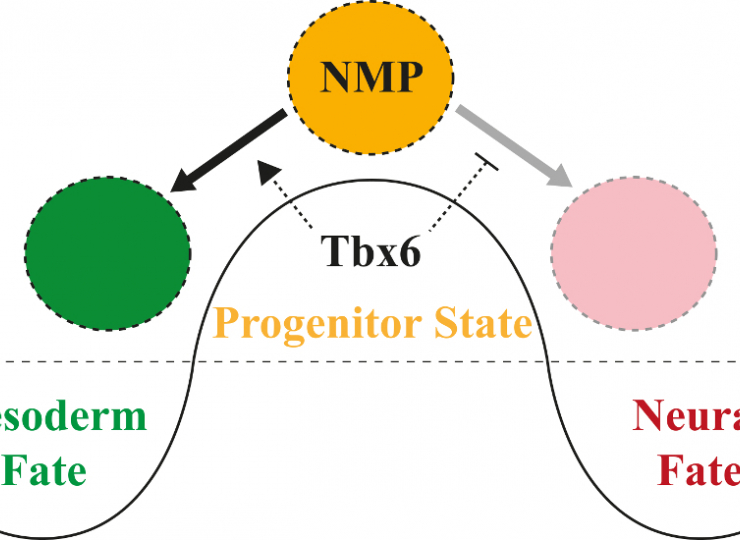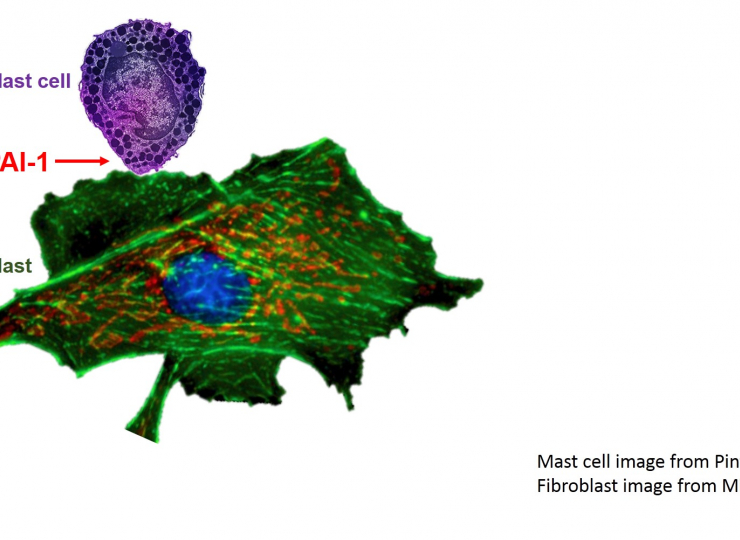Innovative technology to deliver nucleic acids into flatworms provides novel insight into role of microRNA in brain organization
Planaria (flatworm) is the modern day equivalent of the proverbial ‘Grecian Phoenix’. When a planaria is cut into tiny pieces, each piece can regenerate into an individual adult worm! Now just imagine the infinite possibilities that this wonderful creature presents, for us to unravel the intricacies and nuances of the biology behind development and regeneration. However, one major hurdle that hinders scientists from exploring the full potential of this model system, is the inability to deliver nucleic acids such as small antisense molecules and transgenes into this worm. So far, numerous methods such as micro-injections, gene-gun method, viral & non-viral delivery and conventional transfection approaches have been unsuccessful.
To overcome this limitation, research teams led by Dr. Dasaradhi Palakodeti and Dr. Praveen Kumar Vemula from the Institute for Stem Cell Biology and Regenerative Medicine (InStem), Bangalore, have developed an innovative approach to deliver nucleic acids into Planaria for the first time. “Lack of a robust transfection technology, an unmet gap which is stopping the regeneration field from expanding, inspired us, and led us to join hands with Dr. Palakodeti’s group and develop an innovative strategy to deliver nucleic acids into planarians” says Dr. Vemula, Principal Investigator at InStem, Ramalingaswami Fellow and co-corresponding author of this work. “To design transfection agents, a good understanding of the lipid composition of planarian cells holds the key” he adds.
A detailed understanding of the membrane composition of planarian cells, enabled this team to design liposomes which were made of cationic lipid molecules. These liposomes contain water-repelling and water-loving groups in their structure, similar to the molecules used in soap. Dr. Marepally, a co-lead author of this work says, “A systematic modulation of the liposome fluidity enabled us to efficiently deliver nucleic acids into planarian cells for the first time.”
This technology is already paving the path towards uncovering interesting facets of the regeneration process. In one such instance, successful delivery of nucleic acids, microRNAs AND anti-miRNAs has enabled this team to identify the role of miR-124 in regulating the fate of neural subtypes and eye progenitors. This microRNA is also shown to be closely involved in regulating the size of the brain and the photoreceptors, during the anterior tissue regeneration in planaria. This work has been published in Development.
MicroRNAs typically function by binding to the mRNA and blocking protein synthesis. This team identified a cohort of genes associated with neuronal development and patterning, that are potentially regulated by miR-124. This study also shows that miR-124 could potentially target these genes in vertebrates too, which requires further investigation.
This is the first study that shows the role of miR-124 in regulating a key signalling molecule (Notch), which is essential for regulating the spatial and temporal expression of the axon guidance molecule slit-1. In planarians, the slit-1 gene is usually expressed along the midline and is critical for tissue organization across the left/right axis and also for brain organization. The role of Notch pathway in regulating slit-1 expression and the importance of the functional interplay between these molecules in tissue patterning across the midline, has been established from the collaborative work by Dr. Sarah Elliot, a former graduate student from Prof. Alejandro Sanchez Alvarado’s lab.
“This is a beautiful example of a collaborative study, where specific tools were developed to address difficult problems in fundamental biology. With the help of these tools, we were able to get new insights into the role of miR-124 in the brain and visual system function” says Dr. Palakodeti, Principal Investigator at inStem, Swarnajayanti Fellow and co-corresponding author who led the study.
“Our study also emphasizes that simple and tractable model systems like planaria can be used to address many fundamental questions in the neurodevelopmental biology” adds Dr. Vidyanand, a co-lead author of this work.
In summary, the use of planaria as an efficient model system to study regeneration and stem cell biology has been significantly curtailed by the absence of transgenics. Transgenics is critical for overexpression of proteins and for building fluorescent-based reporter lines that help in tracing cells during regeneration. This work has, for the first time, highlighted the need to develop customized delivery approaches to deliver exogenous nucleic acids into planarian cells. Efforts such as the one reported here, towards the development of novel liposome vehicles, will aid us in the generation of transgenic planarians and equip us to study the cellular basis of regeneration better.
About the paper:
The research described in this article has been published as a paper titled “The miR-124 family of microRNAs is critical for regeneration of the brain and visual system in the planarian Schmidtea mediterranea” in the journal Development in August 2017. The paper can be accessed at http://dev.biologists.org/content/early/2017/08/11/dev.144758.long











